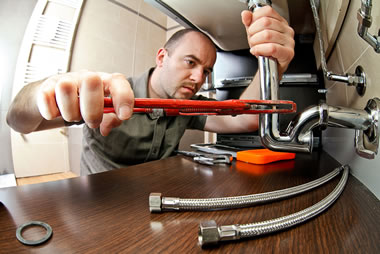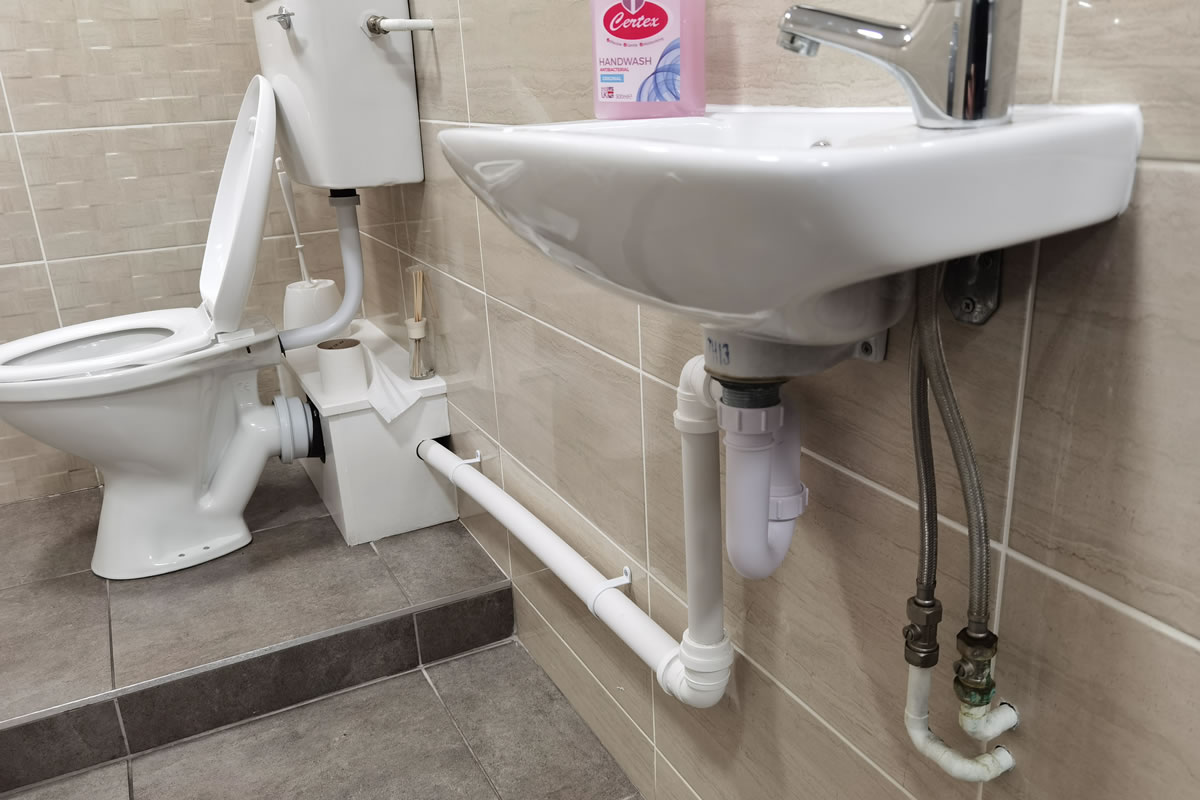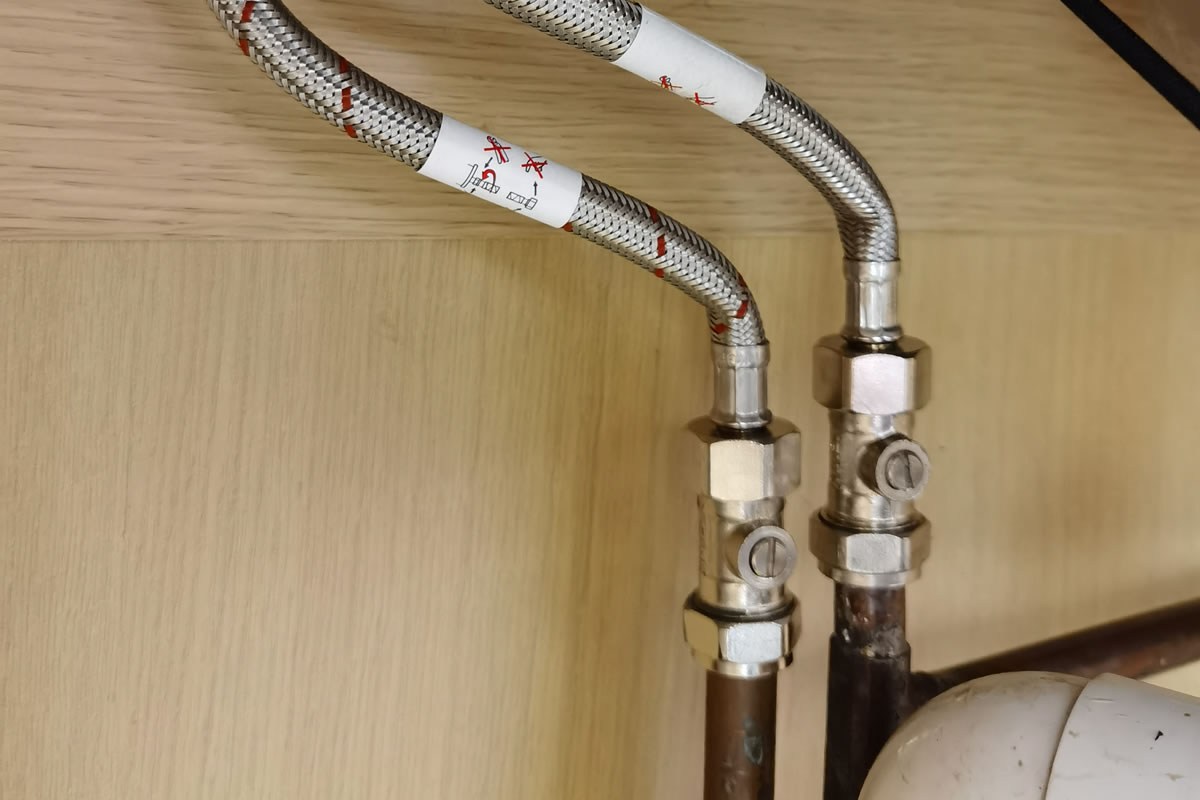Are Flexible Hoses a Legionella Risk?

Flexible hoses and tap connectors are commonly used in hot and cold-water systems across many types of buildings. They offer a quick, cost-effective solution for linking fixed pipework to taps, toilets, and other outlets, particularly in spaces where rigid piping would be more difficult to install. While their convenience is well understood, their safety, especially in terms of Legionella and other waterborne bacteria deserves closer attention.
In this article, we explore whether flexible hoses pose a risk when it comes to Legionella and similar bacteria such as Pseudomonas aeruginosa. We’ll look at how these hoses are constructed, what conditions might allow harmful bacteria to grow within them, and what guidance should be followed when flexible connectors are used as part of a water system. Ultimately, we aim to assess whether their use is advisable and under what circumstances they might best be avoided.
A version of this article asking if flexible hoses pose a Legionella risk first appeared in Legionella Control International’s newsletter. To get it in your inbox, sign up here.
What are flexible hoses?
Flexible hoses are bendable, reinforced plumbing tubes used to connect water supply lines to outlets and equipment such as taps, toilets, or appliances like washing machines and dishwashers. Typically, they are made from materials such as braided stainless steel, nylon, and EPDM rubber (ethylene propylene diene monomer rubber) and are designed to carry water from one point to another, typically in tight or awkward spaces where rigid pipes would be difficult to install.
Flexible hoses and connectors are popular because of their versatility and ease of use. Rather than being rigid and therefore requiring cuts and connections to go from point A to B, they often remove the need for such complications. They can be attached to existing pipework at one end and curved to attach to a tap at the other, for example.

This form of installation is much easier and simpler than having to measure and cut rigid pipework to fit. It also removes the need to install brass elbows or other fittings as required. Even if you are sourcing a plumber to complete an installation, flexi hoses can be faster to fit and therefore keep down costs.
They are typically formed of two components. The hose or pipe itself is usually made from EPDM rubber, which has an outer casing that offers additional protection made from stainless steel or nylon. The stainless steel is braided, to allow the pipe to flex and bend as required.
Are flexible hoses safe from Legionella?
The flexibility of these hoses is certainly a big plus point, and they are safe to use, but there is a caveat or two here. Typically, these flexible water pipes should be replaced every five to 10 years, but in practice, replacement may not happen until they leak. Online research also suggests that they should be checked every two years to ensure they do not show any signs of cracking or leaking.
But what about safety in terms of Legionella and other waterborne bacteria?
The important safety factor to consider here is influenced by the type of material used to make the lining of the flexible hose. For example, there are modern alternatives to the original EPDM option which may be safer to use. However, since these are new, we cannot yet be certain whether they fare better in terms of Legionella, other bacteria and biofilms establishing themselves inside the flexi hose.
Why are flexible hoses a Legionella risk?
Flexible hoses do not cause Legionella bacteria, since it is present in virtually every type of manmade water system. The key aspect here is to ensure that Legionella bacteria are kept to low and safe levels, as per official guidelines (ACOP L8 and HSG274).
However, there can be certain circumstances where Legionella is given the chance to multiply within pipework. For instance, it may be easier for water to sit inside a flexi hose in some situations. This can cause the water to become stagnant, which in turn will raise the risk of Legionella and other waterborne bacteria multiplying. Further, if the flexi hose has been in situ for some years, it is more likely that the interior of the pipe will have degraded to form tiny cracks and fissures in its surfaces. This process may generate nutrients that will help Legionella bacteria multiply and allow the bacteria to “hide” and grow inside the cracks. The same applies if biofilm develops inside the flexi hose – and this is something that cannot be seen.

A Legionella risk assessment should highlight all flexi hoses in place
Any Legionella risk assessment of a hot and cold water system must consider all inherent risk factors with that system. This should include any flexi hoses within the system. As with all other parts of the risk assessment, consideration should be given to the risks those flexi hoses may present.
This will vary depending on the nature of the system and who uses it. For example, a water system in a hospital will mean there are individuals who are likely to be at greater risk if they are exposed to Legionella bacteria. Examples may include those who are ill, have a suppressed immune system, or who are aged 45 or over. Indeed, flexi hoses are not the best things to use in healthcare settings, unless there is a very good reason why the pipework needs to be flexible.
The risk factors may not be as significant in an office building, unless there are workers present who may fall into one of the groups known to be at greater risk of Legionnaires’ disease.
By individually assessing each flexible hose, its positioning, usage, age, and condition, it will be easier to determine the best action to take. In some cases, the flexi hose may be fine providing it is regularly checked, flushed through, and maintained. In other cases, it may be prudent to remove the flexi hose and replace it with proper pipework.
All flexible hoses should be as short as possible to minimise the risks that may be associated with them. And of course, only WRAS-approved hoses from reputable manufacturers creating safe and effective flexi hoses from the best materials should be sought.
Should flexible hoses be removed to reduce the Legionella risk?
In many cases, this may not be necessary. However, in some cases, the risk assessment may highlight an increased risk where those hoses are installed. If getting rid of them and installing standard pipework would result in a lower risk, this should be considered. It should certainly be undertaken if this will make the system safer for those using it.

In conclusion, flexible hoses do have their place in a hot and cold water system. They are certainly convenient and can speed up an installation. However, it is always important to consider whether the relative risk from Legionella bacteria (and other waterborne bacteria) unnecessarily rises with them in place. If so, then traditional plumbing pipework should be used instead. If this involves replacement of the hoses, it is still often the best way to ensure the water system is as safe as possible. We may not be able to eliminate all Legionella risks, but they should be reduced where possible. And removing flexi hoses in certain situations could help in this respect.
Leading water safety specialists
Legionella Control International is a world leading water safety specialist, supporting those responsible for the control of Legionella and other waterborne pathogens in the workplace. Our expert water safety teams help keep water systems safe, protecting workplace health and safety.
If you are concerned by any of the issues raised here or you would like to speak with one of our water safety specialists, please call us today on 0330 223 36 86.


